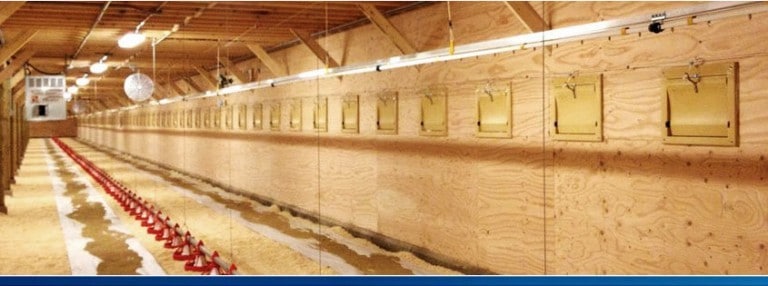

However, air from the interior of the house is warm and often carries a much higher moisture load. Therefore, wall assemblies built with materials that provide some safe moisture storage capacity are desirable, as are wall assemblies that are designed to assist drying.ĭuring cold weather, the exterior air is generally very dry. However, when warmer conditions arrive, the deposited moisture returns to a liquid state and this moisture must be safely stored by the material(s) until it can be dried. Frost itself generally does not cause the issues discussed above. During these cold conditions, condensation often occurs as frost ( Straube 2011).

Cold conditions make condensation more likely by reducing the temperature of the outer portions of the wall below the dewpoint. These conditions can cause cladding attachment issues or more serious weakening of load-bearing components within the wall assembly.Ĭondensation can occur on building materials when their surfaces drop below the dewpoint of the air they are exposed to. Repeated episodes or long periods of condensation can cause more serious structural damage due to rot and delamination of wood products such as OSB and plywood as well as corrosion and eventual failure of metal fasteners. While well-designed walls can handle low levels of moisture, elevated levels of moisture due to condensation can quickly lead to mold growth, which may pose a significant indoor air quality issue for building occupants. condensation control issues related to wall retrofits.Ĭondensation in walls is an important concern to address for several reasons.wall construction and building operation techniques that follow these approaches.general approaches to limit condensation in walls.This guide will cover the following topics: When condensation forms on the interior side of wall sheathing and is not able to dry out, it can lead to mold growth and rotting of wall sheathing and framing (Source: Terry Brennan for EPA). Condensation control is important in order to avoid moisture-related wall issues such as mold growth, rot, corrosion, and delamination (Figure 1). Condensation control includes reducing and limiting the potential for condensation, safely storing any condensation that does occur, and quickly drying out moisture when drying conditions return.

Wall assemblies should be designed and built to reduce and control condensation during cold weather. See the Compliance Tab for related codes and standards requirements and criteria to meet national programs such as DOE’s Zero Energy Ready Home program, ENERGY STAR Certified Homes, and Indoor airPLUS.Ĭondensation can occur in walls during cold weather if warm moist air from the house gets into the walls and water vapor in that warm air condenses on cold surfaces such as the inside surface of the wall sheathing.


 0 kommentar(er)
0 kommentar(er)
